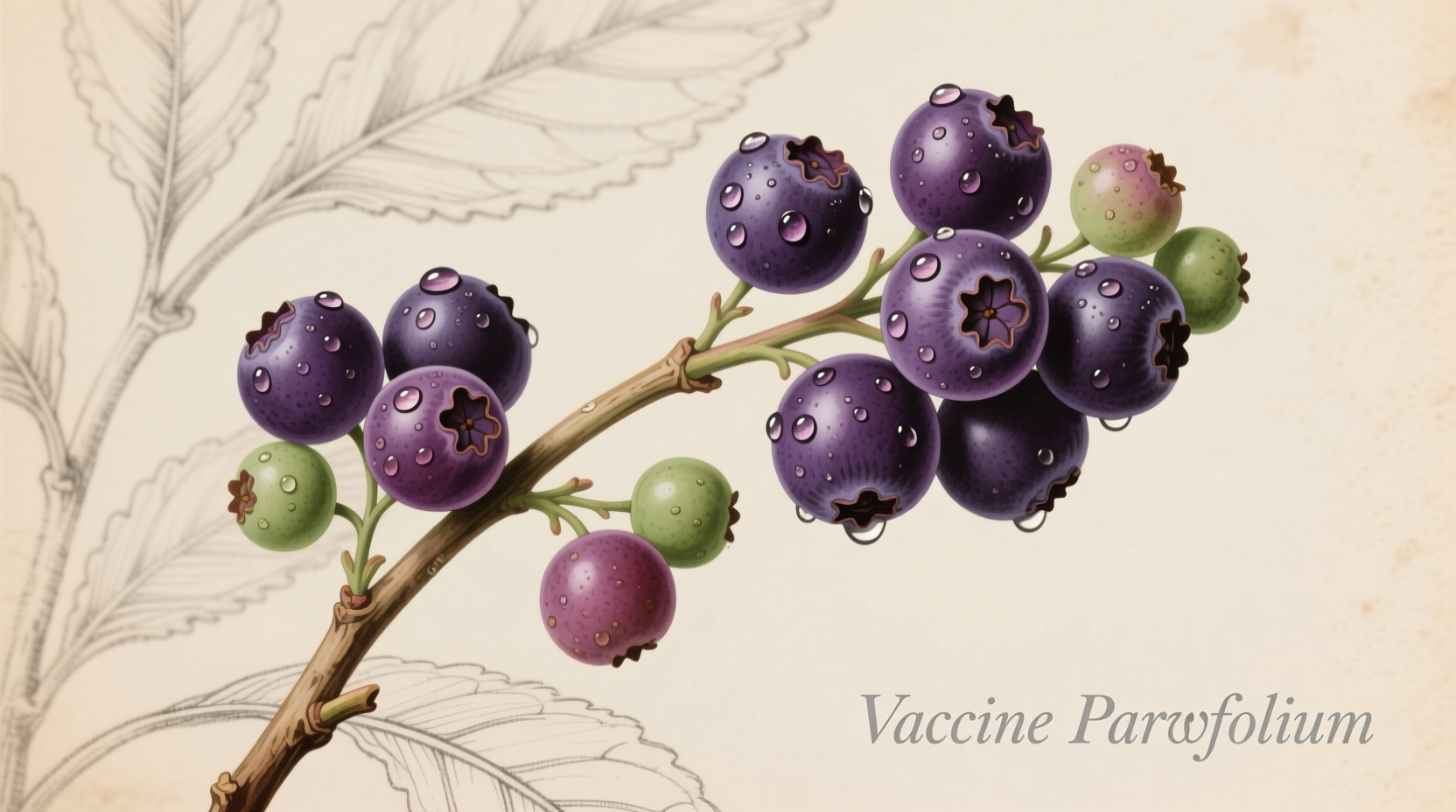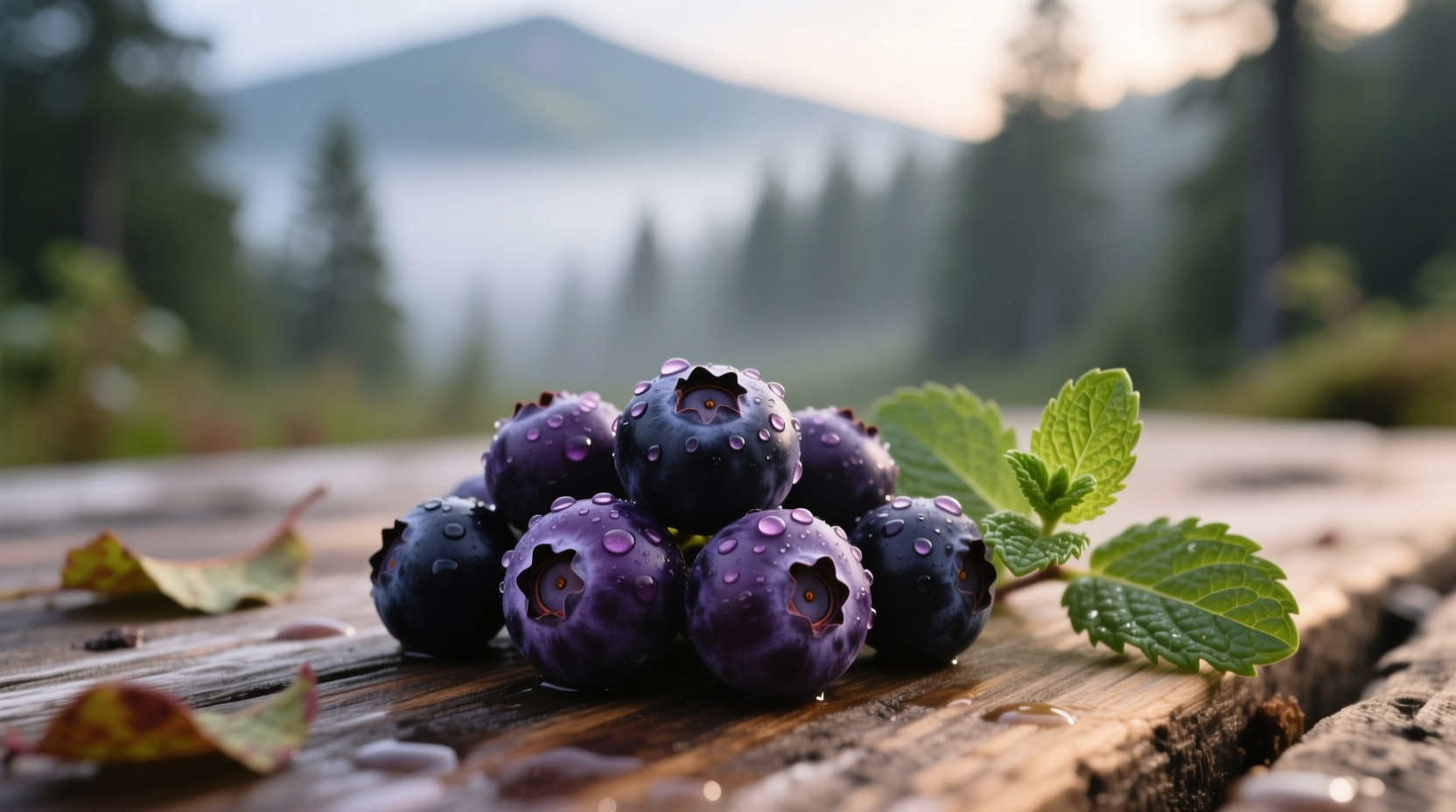If you've ever wondered what makes huckleberries special compared to supermarket berries, you're not alone. These wild-growing gems have captivated foragers and chefs alike with their distinctive flavor that can't be replicated by cultivated varieties. Let's explore exactly what huckleberries taste like and why their unique profile matters for your culinary adventures.
Understanding the Huckleberry Flavor Spectrum
Unlike uniform grocery store berries, huckleberries offer a dynamic taste experience that changes based on variety, ripeness, and growing conditions. When perfectly ripe, they strike a delicate balance between sweet and tart that makes them prized for both fresh eating and cooking.
Natural huckleberry flavor contains complex compounds that create layered tasting notes. According to research from the USDA Agricultural Research Service, wild huckleberries contain higher concentrations of anthocyanins and volatile organic compounds than cultivated blueberries, contributing to their more intense, nuanced flavor profile.
How Different Huckleberry Varieties Taste
The taste experience varies dramatically across huckleberry species. Understanding these differences helps you select the right variety for your culinary needs:
| Variety | Primary Flavor Notes | Sweetness Level | Best Culinary Uses |
|---|---|---|---|
| Red huckleberry (Vaccinium parvifolium) | Bright acidity, cranberry-like tartness, subtle sweetness | Low (2-3/10) | Sauces, syrups, mixed berry preserves |
| Evergreen huckleberry (Vaccinium ovatum) | Balanced sweet-tart, blueberry with blackberry notes | Medium (5-6/10) | Pies, jams, fresh eating |
| Thinleaf huckleberry (Vaccinium membranaceum) | Complex floral notes, raspberry undertones, mild earthiness | Medium-High (7/10) | High-end desserts, gourmet preserves, fresh consumption |
Huckleberries vs. Blueberries: A Flavor Comparison
While often compared to blueberries, huckleberries offer a distinctly different sensory experience. Many first-time tasters describe huckleberries as "blueberries with attitude"—more intense, complex, and less one-dimensional.
Field research from Oregon State University Extension Service confirms that huckleberries contain approximately 30% higher sugar content than wild blueberries when fully ripe, but also significantly higher acidity, creating that signature sweet-tart balance. Their smaller seeds (eight hard seeds versus blueberries' numerous soft seeds) also contribute to a different mouthfeel.

Factors That Influence Huckleberry Flavor
Several elements affect how huckleberries taste, making each harvest unique:
Ripeness Matters Most
Underripe huckleberries deliver mouth-puckering tartness with minimal sweetness. Fully ripe berries develop complex flavor compounds. Overripe berries become overly sweet with fermented notes. The ideal harvesting window is narrow—just 2-3 days when berries turn deep purple/blue and easily detach from the stem.
Terroir Impacts Taste
Like wine grapes, huckleberries express their growing environment. Those from higher elevations develop more intense tartness to balance sugar production. Plants growing in volcanic soil often show mineral notes, while coastal varieties may have subtle saline undertones. The USDA Forest Service documents how Pacific Northwest huckleberry patches produce distinctly different flavor profiles based on microclimate.
Culinary Applications Based on Flavor Profile
Understanding huckleberry taste helps you use them effectively in recipes:
When to Use Tart Varieties
Red huckleberries' pronounced acidity makes them ideal for:
- Complementing fatty foods (duck, pork)
- Creating vibrant sauces and reductions
- Adding brightness to baked goods
- Mixing with sweeter berries in preserves
When to Use Sweet Varieties
Riper purple and blue huckleberries shine in:
- Stand-alone pies and tarts
- Infused syrups for cocktails
- Fresh applications where berry flavor should dominate
- High-ratio preserves that don't require added pectin
Preserving Huckleberry Flavor
Unlike many berries, huckleberries maintain excellent flavor when frozen. The University of Idaho Extension confirms that flash-freezing preserves 95% of volatile flavor compounds. For canning, use minimal sugar to avoid overwhelming their delicate profile—many chefs recommend a 1:1 berry-to-sugar ratio maximum for premium preserves.
Finding and Selecting Quality Huckleberries
When foraging or purchasing huckleberries, look for:
- Deep, uniform color (purple varieties should be nearly black)
- Bloom (light powdery coating) indicating freshness
- Firm but yielding texture
- Plump shape with no shriveling
Avoid berries with green patches (underripe) or excessive juice leakage (overripe). Fresh huckleberries should smell subtly floral with berry notes—not fermented or musty.
Frequently Asked Questions
Are huckleberries sweeter than blueberries?
Ripe huckleberries often taste sweeter than cultivated blueberries due to higher natural sugar content, but they also contain more acidity, creating a complex sweet-tart balance rather than simple sweetness. Wild blueberries share similar flavor complexity, but commercial varieties are bred primarily for sweetness.
Do all huckleberries taste the same?
No, huckleberry taste varies significantly by species. Red huckleberries are notably tart, while purple and blue varieties range from balanced sweet-tart to distinctly sweet. Even within species, flavor differs based on growing conditions, ripeness, and regional factors—similar to wine terroir.
Why do huckleberries taste different from store-bought berries?
Commercial berries are bred for shipping durability and visual appeal rather than flavor complexity. Huckleberries grow wild without selective breeding, preserving their natural balance of sugars, acids, and aromatic compounds. This results in more intense, nuanced flavor that cultivated varieties often lack.
Can you eat huckleberries raw?
Yes, fully ripe huckleberries are excellent eaten fresh. Their balanced sweet-tart profile makes them enjoyable raw, though some varieties (particularly red huckleberries) may be too tart for some palates when unripe. Always ensure proper identification before consuming wild berries.











 浙公网安备
33010002000092号
浙公网安备
33010002000092号 浙B2-20120091-4
浙B2-20120091-4